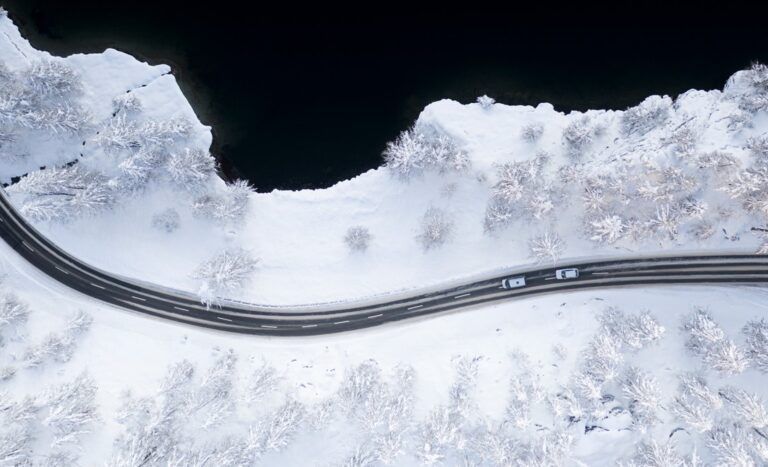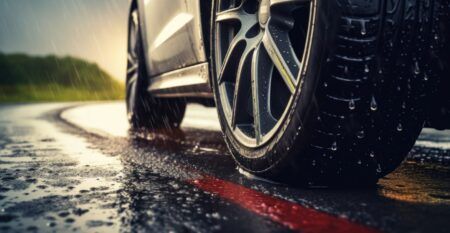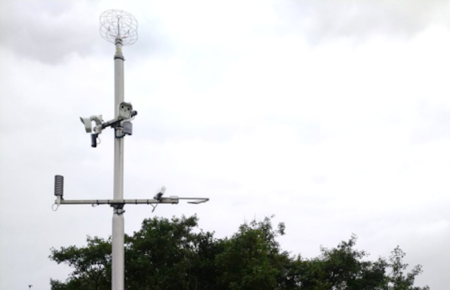Vaisala, a provider of measurement technology, has added a new data set to its Xweather road offering for car manufacturers and automotive technology companies, which can help improve the real-time predictions of electric vehicle range.
The new data set allows automakers to leverage data on road and atmospheric weather, and information on road surface conditions from a single source.
According to Vaisala, the new data set marks the first time that the automotive industry gains access to data that combines road and atmospheric weather with detailed information on the condition of the road.
“The impact of cold weather on EV battery performance is well-known and widely scrutinized by the media every single winter, but hot temperatures can also decrease range significantly,” said Lasse Lumiaho, product manager, Road Weather at Vaisala Xweather.
“An EV can lose 20-40% of the range predicted by the manufacturer when the air temperature is extremely hot or cold. Add snow on the road and high winds and the loss might be as bad as 75%,” Lumiaho added.
For drivers, the main issue is disappointment with the real-world range compared to the advertised ranges on a single charge. According to a 2022 survey, more than 60% of EV drivers have constantly either chosen to forgo a trip entirely, have rearranged travel plans or have general anxiety over range.
Currently, car manufacturers can choose to use the US Environmental Protection Agency’s well-researched estimate or create their own range prediction criteria to suit each car model’s specifications.
These predictions are based on tests conducted on the different car models. The real-world range of an individual EV is impacted by four main factors: the car itself, the driving style, the traffic and topography on the route, and weather conditions.
“Out of the four, we have weather covered with our data,” Lumiaho continued. “Anyone who has driven an EV in winter knows very well that the cold drains the battery faster. In addition to the temperature, we consider aerodynamic resistance, such as windspeed and direction, and rolling resistance caused, for example, by snow or water on the road.”





